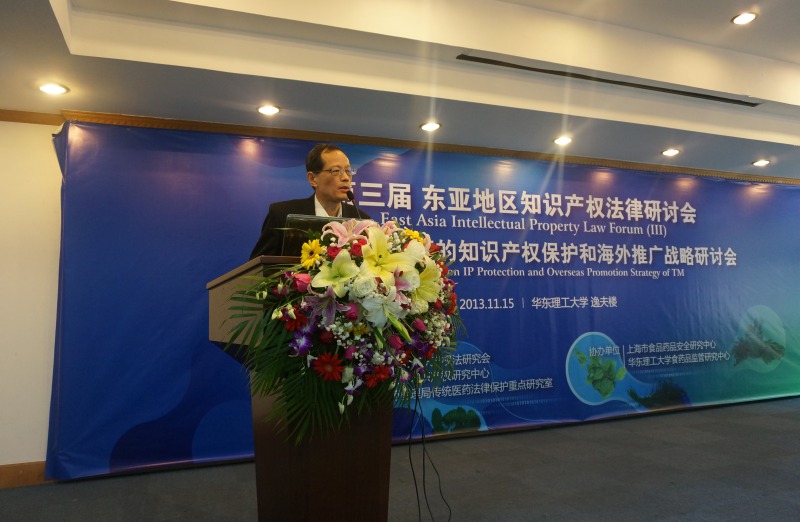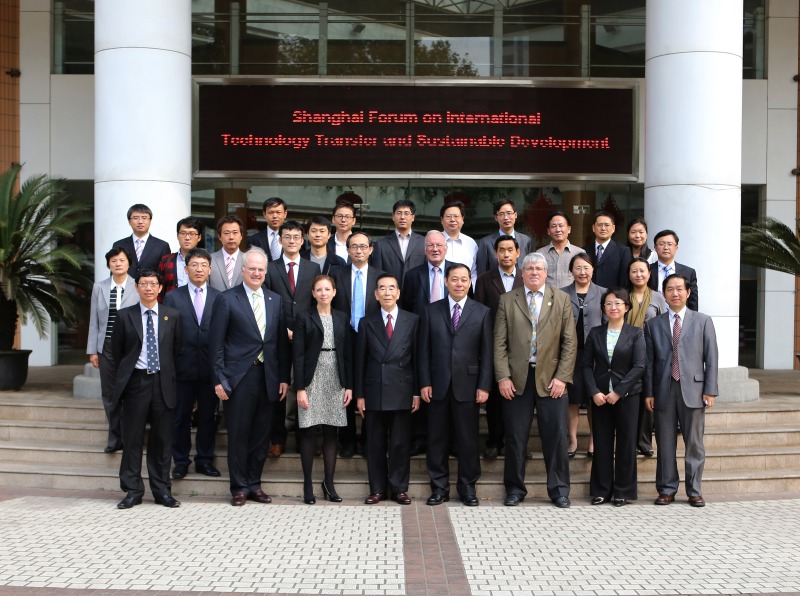The Chinese Scientists Reveled the Climbing Genes of Gecko
A research team from Nantong University successfully revealed the relative genes and evolution characteristics of the gecko to answer why gecko could climb smooth surfaces,regenerate the severed tail and see in the dark. The team did whole-genomesequencing on an adult male gecko. It is reported that this research is theworld’s biggest genome sequencing of reptile by far. The result has beenpublished on Nature Communications.
Professor GU Xiaosong, who was theleader of this research, introduced that gecko is an ancient and important taxonamong reptiles. Throughout its long evolution process, the gecko developed thespecial ability of tail regeneration and so on. The interesting characteristics of gecko have led to the extensive studies, but the genetic mechanism of the sephenomena still remained unclear before.
There searcher did whole-genome sequencingon an adult male gekko japonicas and got a genomic sequence which had 25.5 billion pairs of basic groups. The researchers confirmed 22,487 gene location and function. The research found that compared with the hard β-keratin in normal reptile and bird which constitute the hair, horns and hooves, a kind of special β-keratin in geckowould have a large scale of gene amplification. This amplification would control the formation of dense spines arranged on the gecko toes. It isprecisely because of these spines, the gecko can climb walls and easily stickon smooth surfaces.
GUsaid that this research would contribute to the development of “bionic bondingtechnology” and mimic gecko adhesion on the surfaces of any objects. Moreover,the research team has also analyzed the evolution of genes which are related to the characters of tail regeneration and night vision.
Time:2015.11.26
Source:www.news.cn
next:On Genetically Modified Food Labeling Governed by International Law——From the angle of the Cartagena Protocol on Biosafety


